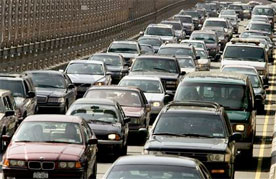
Rarely a day goes by that I don’t hear people complaining about how much money they’re spending on gasoline. Indeed, filling up costs three times what it did just a couple years ago; it’s understandable that people are upset.
So how can we reduce our costs of getting around? This week, I’ll address the best strategy—driving less. Next week, we’ll look at how to get better mileage from our cars.
Some recommendations:
Telecommute. I’m fortunate in my job that I’m able to work from home two days a week. Those are two days that I’m not driving that 14-mile roundtrip. Clearly this “telecommuting” isn’t an option for most workers, but think about whether your job could be done from home. If it’s even remotely practical, talk to your supervisor and explain how working from home a few days a week may boost your productivity.
Find entertainment near home. Stay close to home instead of going out. Spend time at home with family, and visit close neighbors who are within walking or bicycling distance.
Combine trips. When you need to drive your car, do a little advance planning to figure out how you can satisfy multiple needs on the same trip. Do your grocery shopping on your way home from work, rather than making a special trip into town. Aggregate your errands; instead of driving into town to pick up that can of paint, start a list and wait until your have three or four errands to run. Building contractors who drive to the jobsite can do the same; don’t make a separate trip for every item needed at the building supply center.
Shop from home. A recent article in the New York Times reported that online sales are rising fast, while in-store sales are dropping. In the first quarter of this year, for example, online sales at the Gap jumped 21%, while store sales fell 11%; consumers are willing to trade the $10 shipping charge for the $30 in gasoline to get to the mall. By the same token, order your rental movies online through Netflix instead of driving to the video store. When you must drive, patronize nearby (locally owned) businesses.
Ride a bicycle. If the weather’s all right and you don’t need to go too far, consider a bicycle. I pedal the seven miles to work whenever the weather’s good for biking and I can afford the extra 20 minutes each way. I’m not hardcore about it; I bike when it’s easy. When I do ride into work, though, I find an extra bonus: it’s one of the only times when I have my thoughts to myself—no phone calls, no radio, no talking. The ride gives my mind a chance to wander, and that’s a good thing. It doesn’t hurt that I also get some exercise!
Walk, don’t drive. When I’m at my office in town and need to go downtown for lunch or to run an errand, I try to leave enough time to walk. If you’re in reasonably good shape, walking a mile should take 15 or 20 minutes. During a workday, the fresh air will do you good. Walking will also benefit your kids—though, of course, safety along roads is also a consideration.
Take the bus. Unfortunately, this is a classic Catch-22. In a place like Vermont, taking public transit often doesn’t make sense because the buses aren’t frequent enough to be convenient. But the frequency of buses won’t improve until demand increases—until more people take the bus. There isn’t an easy solution to this quandary; it often helps to subsidize bus fares or even make busses free to build ridership, but then the riders may not cover the costs of operating the busses. Around here, bus services are being cut back because of rising fuel costs.
Carpool or share rides. If you can share rides to work with a neighbor, alternating the driving, you can halve your commuting energy use. That’s equivalent to dropping the price of gasoline back to $2 per gallon. Not bad! Park-and-ride locations make ride-sharing easier by providing designated places to park and leave a car; we need more of these in the Brattleboro area. Sure, ride sharing is a hassle; you have to coordinate your schedule with someone else’s; your flexibility drops. But as gasoline prices rise, that inconvenience is more and more acceptable.
Weekly Newsletter
Get building science and energy efficiency advice, plus special offers, in your inbox.





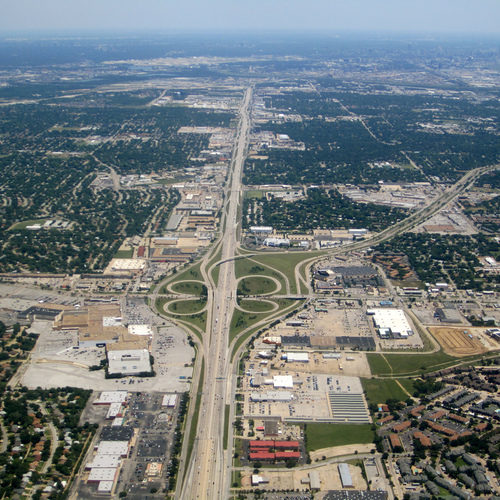
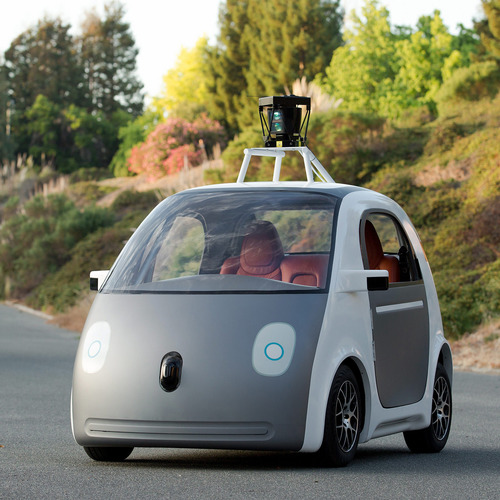
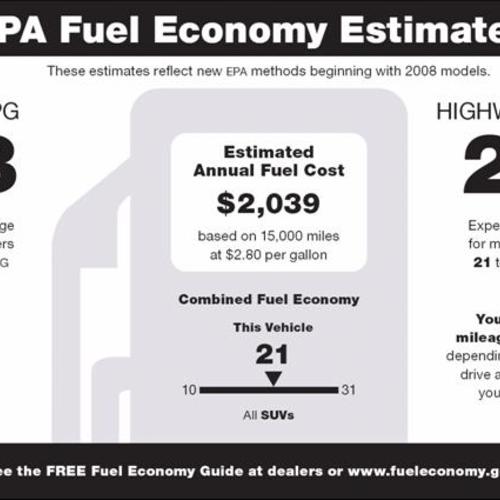
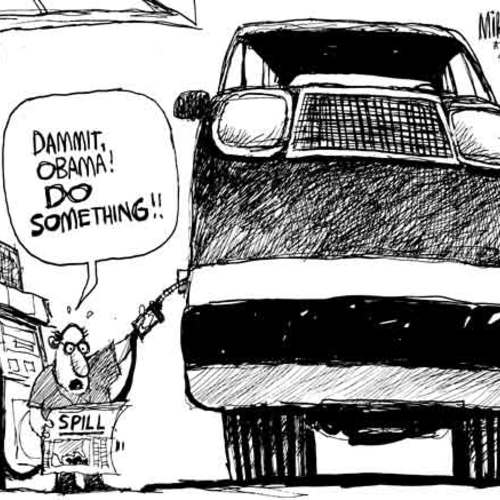






0 Comments
Log in or create an account to post a comment.
Sign up Log in